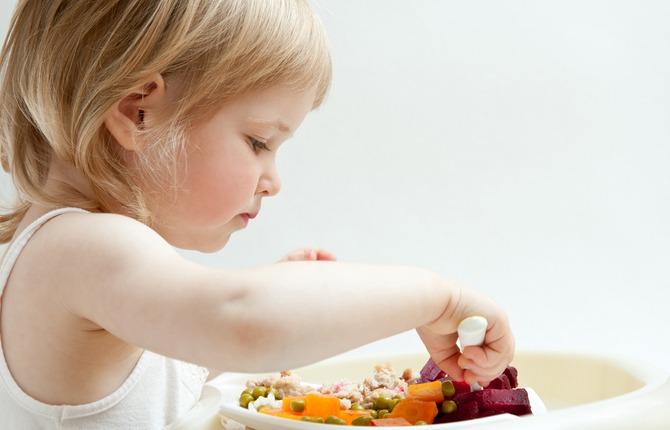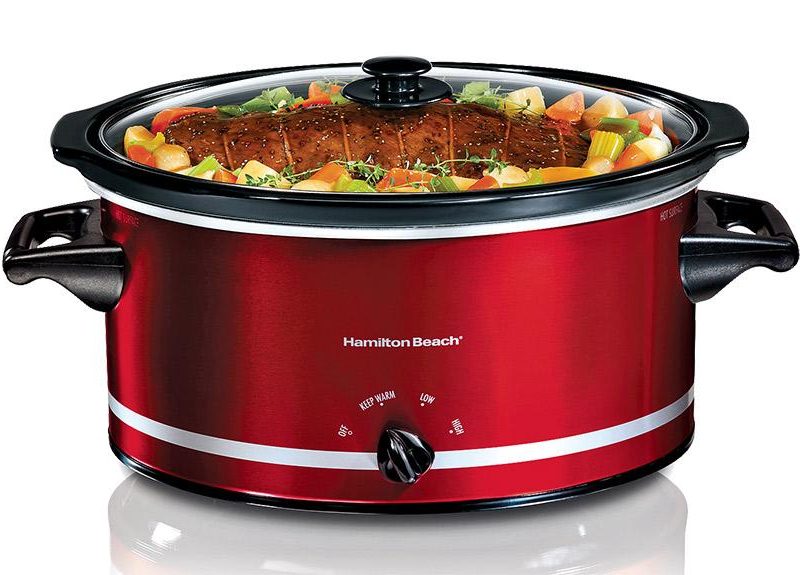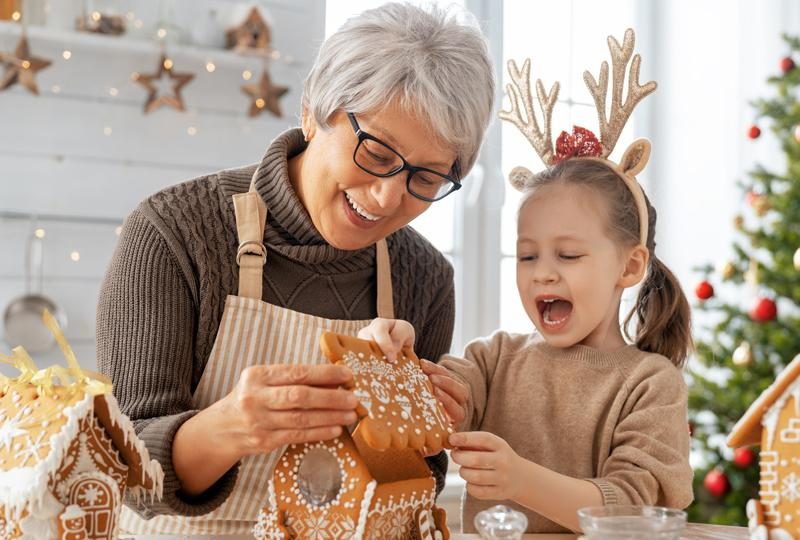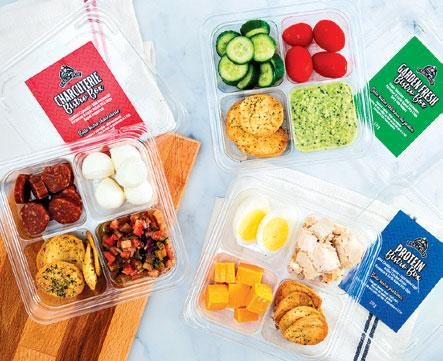
Meeting meatless challenges
By Kinjal Dagli-Shah
I faced a peculiar conundrum with my five-year-old this past Easter. One of her Easter-related activities at school involved painting real eggs in their kindergarten classroom and bringing them home. As a vegetarian family, we don’t eat meat and eggs, and naturally, don’t bring them into our home. We didn’t want to ban the eggs she would bring home from school so decided she could keep them in a little basket on our porch for a couple weeks and pretend it was a nest. We hoped it would show her that eggs are a form of early life.
Later that month, another school activity involved learning to make muffins. Despite being one of her favourite snacks, she chose not to eat it because they used eggs as one of the ingredients. My husband and I were thrilled to see that vegetarianism has taken seed in her impressionable mind.
Parenting is as much about teaching how to make choices as it is about making them ourselves. For my husband and me, vegetarianism is rooted in religious and cultural beliefs, and has been observed in our families for generations. Teaching vegetarianism is challenging when our daughter is one of two kids in a class of 25 who don’t eat meat or eggs. It is also provocative when toy food in her play kitchen contains chicken pieces and hot dogs that we toss out. And through it all, we must still explain that just because your food choices are different from someone else, it doesn’t mean you can’t be friends.
Like many other parenting tasks, raising vegan and vegetarian children can be a learning experience for all parties involved. Einat Danieli, a mother of two boys, is vegan and employs some practical ways of bringing the philosophy into their lives. One way is attending the annual Toronto Veggie Parade (held on June 25) with her kids.
“In the parade, we dress as vegan superheroes with green capes for a sense of pride. We also write songs for the parade, and we explain to our kids that we are marching to help protect our animal friends and for the earth. We also tell them that we participate so that people will know how great it is to be vegan and hopefully, join us,” said Einat.
Another mom, Jessica Senchak, found the answer for her four-year-old when she was breastfeeding her newborn.
“My older son, Owen, was asking me for something that contained dairy and I explained that we didn’t eat that particular food but a special kind. He asked why, and I didn’t know how to explain exactly what happens at a dairy farm, at a four-year-old level. He has seen me breastfeeding his little brother Finley so I connected my response with it. I told him that a mommy cow makes milk for her babies, the same way I make milk for Finley. We don’t want to take the milk away from the babies because they need it to grow big. Just like Finley’s milk is only for him, and cow’s milk is just for the calves,” said Jessica.
Owen was instantly satisfied with the answer, and he even shares the explanation with other people when confronted with food containing cow’s milk. Children tend to accept differences much more easily than grownups but it’s also important to ensure that differences don’t turn into discrimination. Erika Petit, who is raising her children vegan, tries to make this a priority.
“I try really hard to show my three-year-old daughter that everyone doesn’t know it’s not okay to drink the milk meant for baby cows. Just because her family and friends consume it, it doesn’t make them bad people; they just don’t know. It would be confusing for her to see people she loves doing the opposite of what our core ethical beliefs are. I sincerely believe in the ‘once you know better, you do better’ rule,” explained Erika.
Erika also attempts to give her daughter a more mainstream experience of food by including particular word choices. “I don’t want to deprive her of common food experiences, so we buy vegan equivalents like veggie hot dogs, vegan cheese, and vegan marshmallows. Chicken soup is ‘chicken loves soup’, hot dogs are ‘veggie dogs’ and bacon is ‘veggie bacon’. These differences in wording are essential so she grows up knowing that she is not eating the animal equivalent as do those around her when she asks for cheese. I teach my daughter that we must respect all animals, and what respecting them entails. We don’t harm them, hurt them, or use them in any way, including for our food.”
Vegan and vegetarian food choices also involve answering questions about nutrition, including the most common, “Where do you get your protein from?” While Erika makes vegan desserts that are healthy and nutritious, Einat attempts to allay those doubts with education.
“Most people are not aware that grains and legumes make a whole protein together and it is actually more efficient for the body to create the protein from these ingredients rather than have to break it down from meat. The best evidence is that my son hardly ever gets a cold and goes through winter without getting sick. I used to have asthma in my childhood and once I turned vegan, I gradually got rid of my asthma and no longer have to use an inhaler,” said Einat.
Ultimately though, the key to educating and imparting food choices to our children is simply by egging them on, like we did with our daughter at Easter.
Kinjal Dagli-Shah is a journalist and mother. When she’s not tending to the machinations of her family, she likes to appreciate the bounties of nature and the beauty of raising complex human beings.






